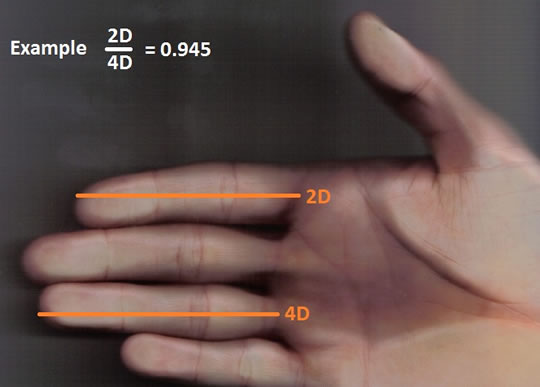
No use, distribution or reproduction is permitted which does not comply with these terms. The use, distribution or reproduction in other forums is permitted, provided the original author(s) and the copyright owner(s) are credited and that the original publication in this journal is cited, in accordance with accepted academic practice.
#Average digit span by age license
This is an open-access article distributed under the terms of the Creative Commons Attribution License (CC BY) (). Immediate Effects of (Simulated) Age-Related Hearing Loss on Cognitive Processing and Performance for the Backward-Digit-Span TaskĪn open access version is available from UCL DiscoveryĬopyright © 2022 Füllgrabe and Öztürk. In conclusion, simulated (and, by extrapolation, actual) age-related HL negatively affects cognitive-test performance and may change the composition of the cognitive processes associated with the completion of a cognitive task. In the listening condition simulating moderate HL (as experienced by the average 85-year-old person), BDS performance only correlated with performance on working-memory tests. In the normal-hearing condition, BDS performance correlated positively with both performance on tests of short-term memory and performance on tests of working memory. The results indicated that BDS performance was impaired by a simulated HL representing that of persons aged 75 years and above. Participants completed the BDS task in several listening conditions, as well as several commonly used visual tests of short-term and working memory. In the present study, an impairment-simulation approach, mimicking mild-to-moderate age-related HLs typical for persons aged 65, 75, and 85 years, was used in 19 young normal-hearing participants to evaluate the impact of HL on cognitive performance and the cognitive processes probed by the BDS task. If uncorrected, HL can have immediate assessment-format-related effects on cognitive-test performance and can result, in the long term, in neuroplastic changes impacting cognitive functioning. average 6.1 nonsense-syllables could repeat 7.3 letters and 9.3 numerals. However, especially in aging research and audiology, persons who are administered the BDS task are often affected by hearing loss (HL). The results demon- strated a slight superiority at all ages in digit-span over. It is frequently used in hospitals and physicians' offices in order for a clinician to quickly evaluate whether a patient's cognitive abilities are normal or impaired. Metrus, MD Print The digit span test is a very short test that evaluates a person's cognitive status. It is unnecessary to continue the task if the person has not completed both parts after five minutes have elapsed.The recall of auditorily presented sequences of digits in reverse order (also known as the Backward Digit Span, BDS) is considered to reflect a person’s information storage and processing abilities which have been linked to speech-in-noise intelligibility. Lanalisi dei dati raccolti su 1355 adulti, di vario livello culturale e di età compresa tra i 20 e i 99 anni, mostra che lo span è influenzato dal livello di scolarità e declina in modo netto oltre i 65 anni. Updated on FebruMedically reviewed by Nicholas R.


Time the training person as he or she connects the "trail." If the patient makes an error, point it out immediately and allow them to correct it.Įrrors affect their score only in that the correction of errors is included in the completion time for the task. The training person should be instructed to connect the circles as quickly as possible, without lifting the pen or pencil from the paper. In Part B, the circles include both numbers (1 – 13) and letters (A – L) as in Part A, you should draw lines to connect the circles in an ascending pattern, but with the added task of alternating between the numbers and letters (i.e., 1-A-2-B-3-C, etc.). In Part A, the circles are numbered 1 – 25, and the training person should draw lines to connect the numbers in ascending order. Age and Educational Level, we could predict less than 18 of the digit span memory forward and less than 17 of the digit span memory backward. Both parts of the Trail Making Test consist of 25 circles distributed over a sheet of paper.


 0 kommentar(er)
0 kommentar(er)
